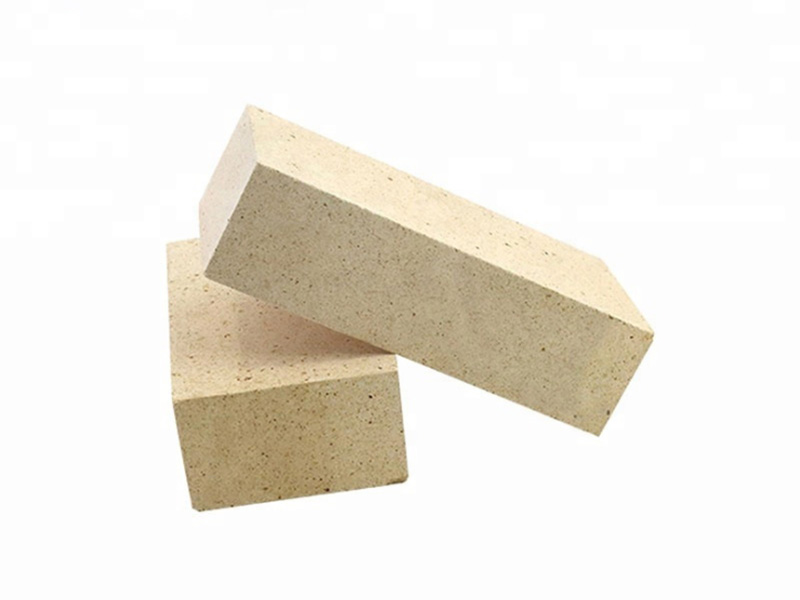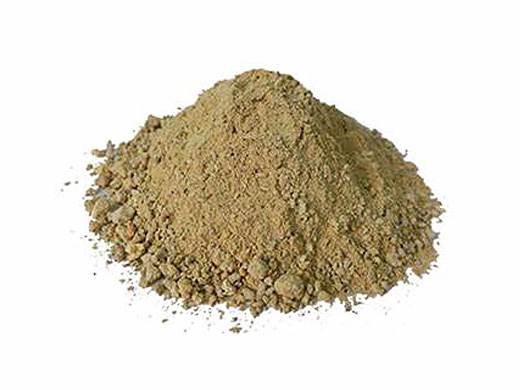News detail
Refractory materials for CFB Boiler
Refractory materials for circulating fluidized bed boilers
Working characteristics of circulating fluidized bed boilers and demand for refractory materials
The working principle of circulating fluidized bed boilers is to crush fuel and desulfurizer (such as limestone) into particles of a certain size, and send them into the furnace through the air distribution plate. Under the action of fluidizing wind, the materials are fluidized in the furnace for combustion. This unique combustion method brings a series of working characteristics and also puts forward special requirements for refractory materials.
High temperature environment: The combustion temperature in the furnace is usually between 850-950℃, and even higher in some local areas. This requires refractory materials to have high melting point and good high temperature stability, and to maintain structural strength and shape integrity at high temperatures without softening, melting or deformation.
High-speed material scouring: Under the action of fluidizing wind, fuel particles and desulfurizers circulate in the furnace at a high speed, causing strong scouring and wear on the refractory materials of the furnace lining. Therefore, refractory materials need to have high hardness and excellent wear resistance to resist high-speed impact and friction of materials.
Chemical erosion: Various acidic gases (such as sulfur dioxide, sulfur trioxide, etc.) and alkaline substances (such as calcium oxide produced by the decomposition of limestone) are produced during the combustion process. These chemicals will react chemically with refractory materials, resulting in erosion and damage to refractory materials. Therefore, refractory materials must have good chemical stability and be able to resist erosion by acids, alkalis and other chemicals.
Frequent thermal shock: During the start-up, shutdown and load change of the boiler, refractory materials will experience rapid changes in temperature and generate thermal stress. Frequent thermal shock can easily cause cracks, peeling and even rupture of refractory materials. This requires refractory materials to have good thermal shock resistance and be able to withstand drastic temperature fluctuations.

Common types and characteristics of refractory materials
Refractory bricks
High alumina bricks: With high alumina bauxite as the main raw material, the alumina content is generally above 48%. High alumina bricks have high refractoriness (up to 1750 – 1790℃), high temperature mechanical strength and chemical erosion resistance. Its thermal shock resistance is relatively good and can withstand temperature changes to a certain extent. In circulating fluidized bed boilers, high alumina bricks are often used in combustion chambers, return feeders and other parts, which have high temperatures and certain material scouring and chemical erosion. For example, in the combustion chamber, high alumina bricks can withstand the baking of high temperature flames and the impact of materials to protect the furnace structure.
Silicon carbide bricks: The main component of silicon carbide bricks is silicon carbide (SiC), which has a high melting point (about 2700℃), high hardness (Mohs hardness around 9.5) and good thermal conductivity. Silicon carbide bricks have excellent wear resistance and can effectively resist the erosion of high-speed materials; their high thermal conductivity helps to quickly transfer heat, reduce the temperature gradient of the furnace lining, and improve thermal shock resistance; at the same time, silicon carbide bricks also have good chemical stability and can resist the erosion of various chemical substances. Silicon carbide bricks have been widely used in severely worn parts such as cyclone separators and dense phase areas of furnaces in circulating fluidized bed boilers. In the cyclone separator, the high-speed rotating dust-laden airflow has a very strong erosion on the inner wall. Silicon carbide bricks can work stably for a long time with their excellent wear resistance and high temperature performance to ensure the normal operation of the separator.

Casting material
Steel fiber reinforced casting material: On the basis of ordinary casting material, a certain amount of heat-resistant steel fiber is added. The addition of steel fiber significantly improves the strength and thermal shock resistance of the casting material. Steel fiber can effectively prevent the expansion of cracks and enhance the toughness of the casting material, making it less likely to break when subjected to thermal shock and mechanical shock. This castable also has the characteristics of stable volume, low thermal conductivity, strong resistance to melt permeability and corrosion, erosion resistance, and convenient construction. Steel fiber reinforced castables are widely used in high-temperature wear-resistant parts of circulating fluidized bed boilers, such as furnace outlet, water-cooled air chamber, slag cooler, etc. At the furnace outlet, the flue gas carries a large amount of materials and sprays out at high speed, causing serious erosion and wear of the refractory materials in this part. Steel fiber reinforced castables can cope with this harsh working condition well.
Wear-resistant refractory castables with low cement, ultra-low cement and no cement: This type of castable reduces the amount of cement or even does not contain cement at all by optimizing the binder system. The high CaO content in cement will affect the high-temperature performance of the castable. Reducing the amount of cement can reduce the negative impact of CaO and improve the density, strength and wear resistance of the castable. They have the characteristics of good volume stability, high strength, good wear resistance, thermal shock resistance, erosion resistance, no cracking, and no peeling. In the key parts of the circulating fluidized bed boiler, such as the cyclone separator and the dense phase area of the furnace, these low-cement series of wear-resistant and refractory castables play an important role, effectively improving the operating reliability and service life of the boiler.

Plastic
Wear-resistant plastic: It is mainly made of high aluminum, corundum and mullite as the main raw materials, and high-temperature inorganic liquid as a binder, and is made by stirring and extrusion. Wear-resistant plastic has good plasticity, and the ramming method is used during construction, which is convenient to operate. It has the characteristics of high strength wear resistance, good thermal shock resistance, no cracking, and good sealing. Wear-resistant plastic is widely used in the repair and local ramming construction of fluidized bed boilers. When some parts of the boiler are worn or damaged, wear-resistant plastic can be used in time to repair and restore the integrity and performance of the furnace lining.
Micro-expandable plastic: It has strong plasticity at room temperature, strong adhesion, and high strength after natural drying. At high temperatures, micro-expandable plastic will expand slightly, which enables it to fill gaps, improve the sealing of the furnace lining, and prevent gas and material leakage. At the same time, it also has the advantages of high refractoriness and convenient construction. In some parts of circulating fluidized bed boilers that require high sealing, such as the sealing of the combustion chamber and the pipe connection, micro-expandable plastics can play an important role to ensure the normal operation of the boiler.
Other refractory materials
Anti-corrosion and wear-resistant ramming materials: It has the characteristics of high hardness and resistance to abrasion by solid particles and liquid slag. By adding an anti-corrosion agent with high hardness and good corrosion resistance to the ramming material, the erosion of the furnace lining by alkaline substances can be effectively reduced. It has good slag hanging ability and can form a layer of slag film on the surface of the furnace lining to protect the furnace lining; it has a small linear expansion coefficient and good thermal shock resistance; it has good thermal conductivity and is conducive to heat conduction. Anti-corrosion and wear-resistant ramming materials have been used in parts of fluidized bed boilers that require wear resistance and corrosion resistance, such as the furnace bottom and the lower part of the furnace wall. At the furnace bottom, the accumulation and flow of materials can easily cause wear and erosion to the furnace lining, and anti-corrosion and wear-resistant ramming materials can provide effective protection.
Lightweight insulation materials: including lightweight insulation castables and lightweight series refractory products. Lightweight insulation castables have low density, moderate strength, good thermal insulation performance, convenient construction, and can be constructed using a variety of construction methods (such as pouring, vibration, ramming or prefabricated blocks). They have good integrity and are a good energy-saving material that is widely used in boiler roof and furnace wall insulation. Lightweight series refractory products have good creep resistance, high flexural strength, small reburning line change rate and low thermal conductivity, and excellent thermal insulation performance. They are excellent thermal insulation materials for boilers. These lightweight insulation materials can reduce the heat dissipation loss of boilers, improve energy utilization efficiency, and at the same time reduce the surface temperature of the furnace body to ensure the safety of operators.


Send inquiry
Please Leave your message you want to know! We will respond to your inquiry within 24 hours!